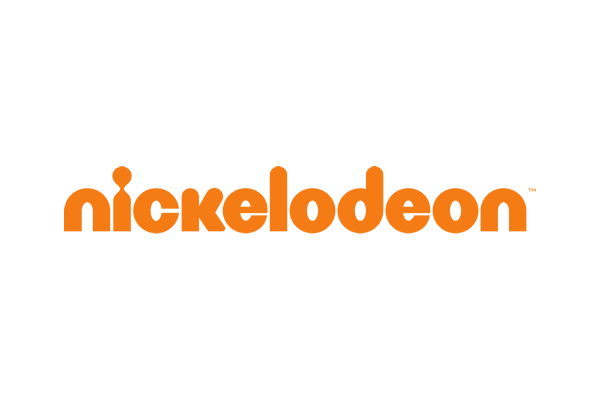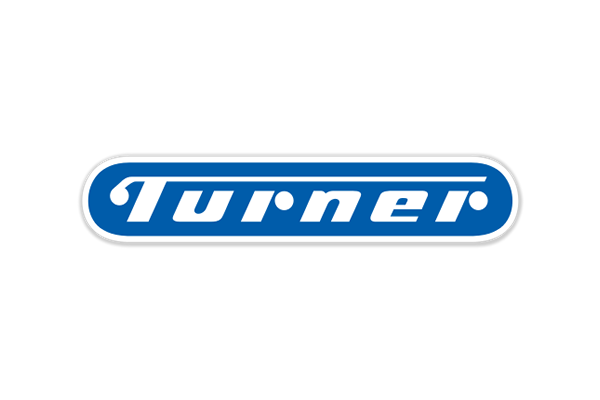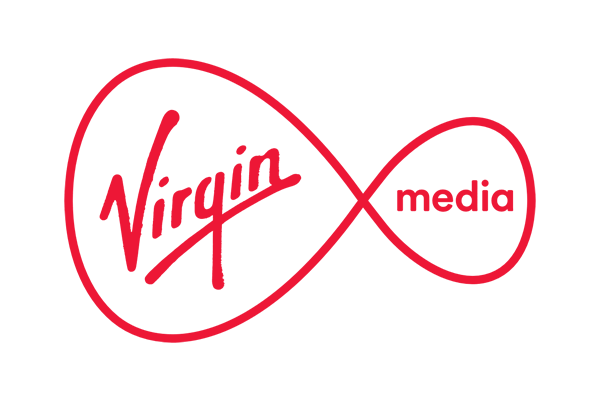Obviously the BBC is funded by a licence fee and do not screen adverts.
Nevertheless, on the commercial channels, the amount of airtime allowed by the UK broadcasting regulator Ofcom for advertising is an overall average of 7 minutes per hour, with limits of 12 minutes for any particular clock hour.
Infomercials (known as "admags") were originally a feature of the main commercial channel ITV when it was launched in 1955 but were banned in 1963.
On Advertising have undertaken TV Advertising campaigns with many leading broadcaster and can provide coverage on the channel platforms listed below which represent the main Broadcast Channels for TV Advertising.
TV Broadcaster Channels

BT Sport Television

Channel 4 Television

Channel 5 Television

Discovery Television

ESPN Television

Eurosport Television

Fox Television

History Television

ITV Television

Music TV Television

National Geographic Television

Nickelodeon Television

Sky Television

SYFY Television

Turner Television

Virgin Media Television
The first advert to be shown in the UK was in 1955 which was an advert for S.R. Toothpaste. Freeview has provided a lower cost entry level alternative to satellite and cable subscription services and has taken the penetration of digital television to well over 80%.
Early TV commercials were rather different from those we are familiar with today. Most noticeable of course is that they are in black-and-white, but they are also much longer than today's adverts, the lighting is harsh and the pace stilted. They had white middle-class actors, values and accents and their message was spelt out with agonising slowness.
In effect, they were moving newspaper adverts. Creatives in this early stage didn’t know how to best harness the power of the visual and so tended to explain what was happening in the picture!! In part, this was a result of the lack of experience in television advertising in Britain. The new TV medium initially borrowed the familiar forms and techniques of print ads.
Advertising changed again In the 1980's with the arrival of Channel 4 and Breakfast Television. TV Advertising Broadcasting offers the opportunity to buy selected target audience demographics, 16 typically, such as All Adults, Men, Women, 16-34 & Housewives.
Careful selection of different day parts is as important as selection by programme to reach your chosen demo. The schedule, whilst planned by the media owner against a certain demo, can be tweaked, within certain guidelines, by the client to deliver against a governing budget or ratings level set.
Daytime is the domain of Direct Response advertising, where adverts are heavily laden with 'call to action' prompts i.e. telephone number, website & text. Typical sectors here include debt management, insurance and loan companies.




















